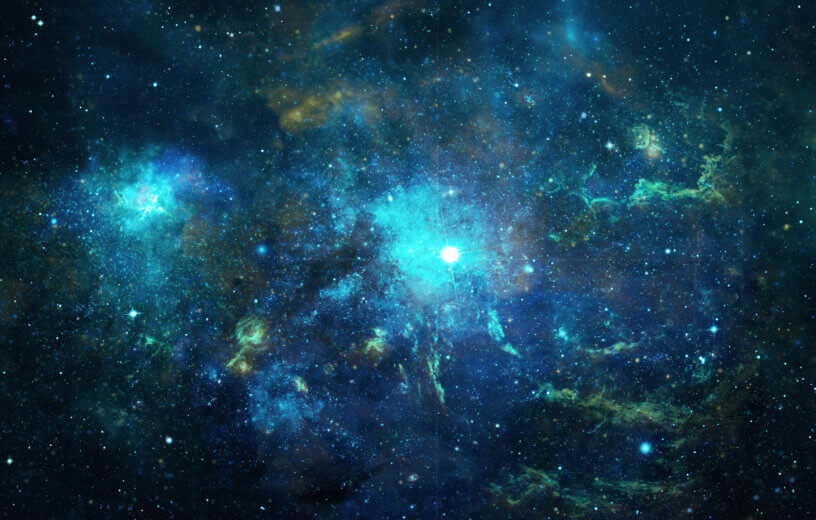ITHACA, N. Y. — The search for alien life in the universe is an endeavor that speaks to the very core of man. We, as a species, have always pushed towards the next great frontier, and unlocking the mysteries of space represents the last great challenge for humanity. Now, researchers from Cornell University say they may have discovered a new way to detect alien life.
Powerful ultraviolet radiation flares from red suns were once thought to destroy any surface life that may have existed on nearby alien planets. However, a new study claims that existing life on other planets may use a protective glow, called biofluorescence, to protect themselves from the radiation. As an added bonus, this glow also provides astronomers with something to look out for while searching for alien life.
“This is a completely novel way to search for life in the universe. Just imagine an alien world glowing softly in a powerful telescope,” says lead author Jack O’Malley-James, a researcher at Cornell’s Carl Sagan Institute, in a media release.
Most astronomers today agree that a large portion of exoplanets, or planets beyond our solar system, are located close to “M-type stars,” often called red suns. These stars are the most common in the universe, and flare frequently, producing ultraviolet light likely to hit those nearby planets. Researchers theorize that when these flares do in fact hit alien life on other planets, the lifeforms protect themselves using biofluorescence, consequently painting these planets in unique colors. The study’s authors believe that the next generation of telescopes will be able to pick up on and detect these colorful displays.
“On Earth, there are some undersea coral that use biofluorescence to render the sun’s harmful ultraviolet radiation into harmless visible wavelengths, creating a beautiful radiance. Maybe such life forms can exist on other worlds too, leaving us a telltale sign to spot them,” explains co-author Lisa Kaltenegger, associate professor of astronomy and director of the Carl Sagan Institute.
Researchers have already used common coral fluorescent pigments from Earth to create a model of how to accurately detect this glow in alien planets, and even identified a potentially life-supporting exoplanet located near a red sun, called Proxima B, to keep an eye on in the future.
Telescopes being developed right now for use in around 10-20 years may be able to spot this luminescent glow, researchers say.
The study is published in the journal Monthly Notices of the Royal Astronomical Society.
